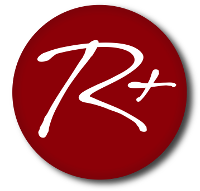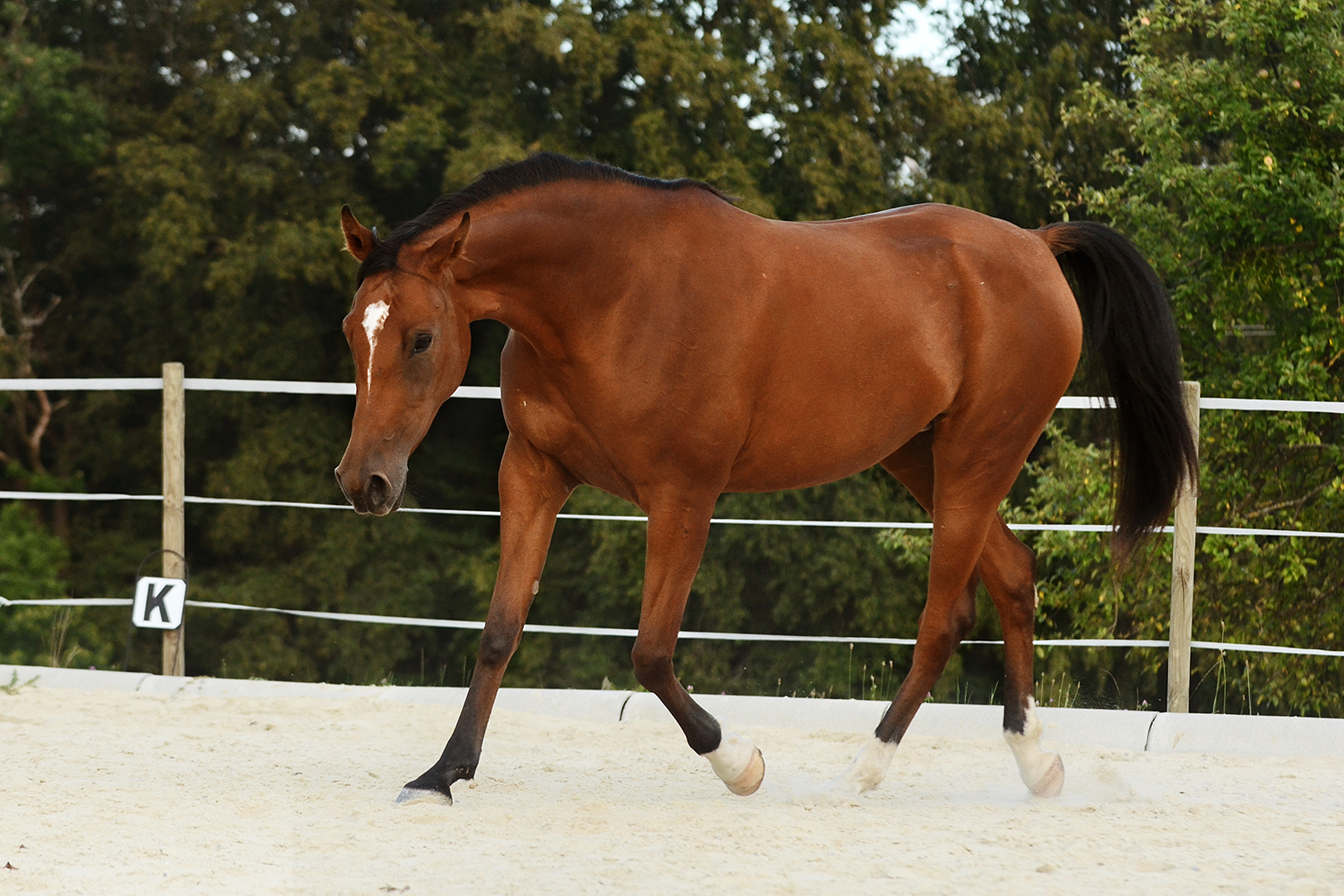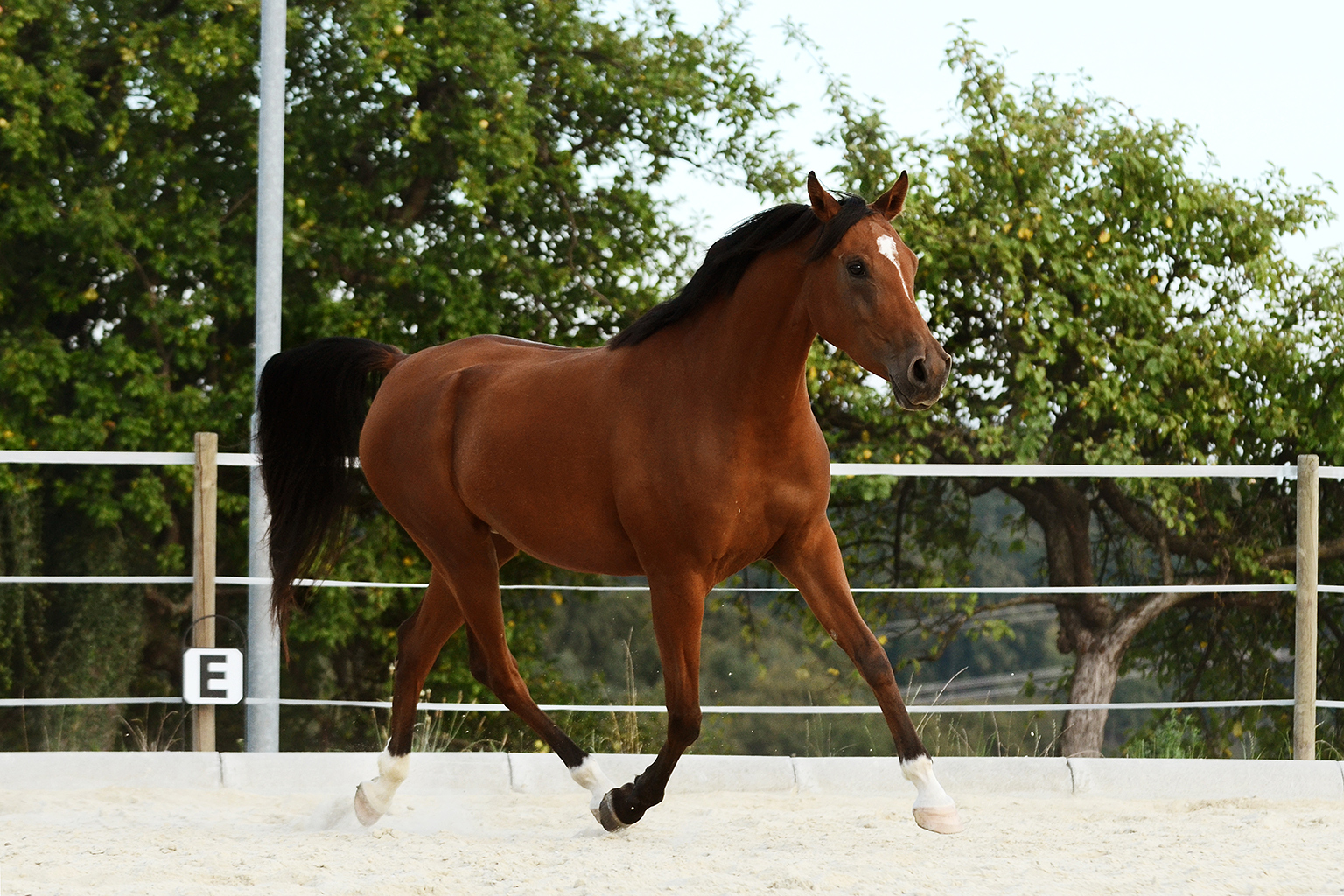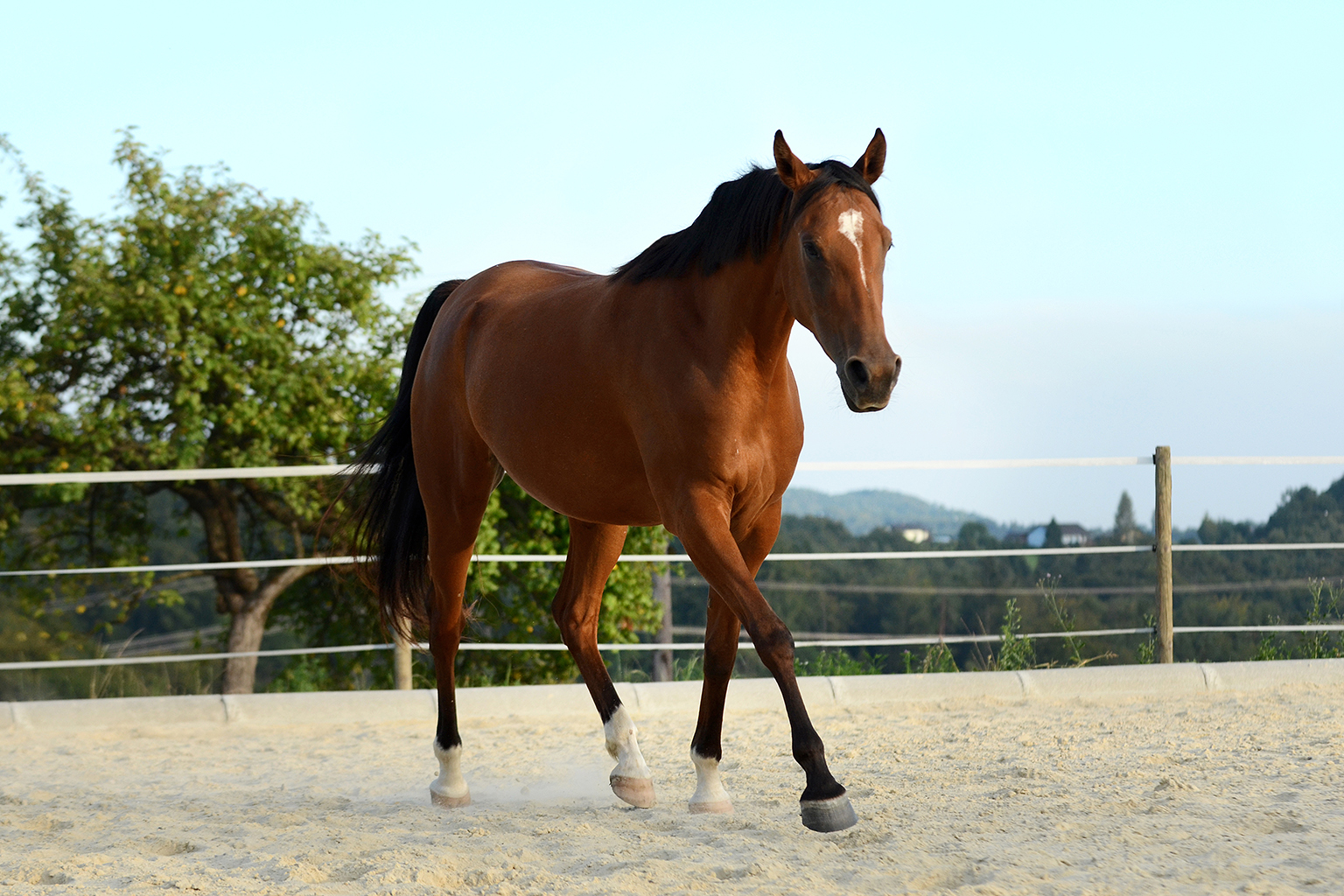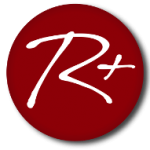Treat spots
The reward square
It is important to deal with all the aspects of training with positive reinforcement in order to make use of the full potential of this method. The right timing is just as essential as the set-up of each exercise or an adequate frequency of rewards. It is especially important to choose your treat spots consciously and wisely when your horse has to fulfill exercises on its own and without your direction. Quarter Horse Moon and Mirjam illustrate this approach and the benefits of well-defined treat spots in the next video.
Subtitles available: German and English
Aim of this exercise
We like to train at various occasions with example exercises in order to illustrate the power of choosing the right point to give a treat. One of these exercises can be very helpful to work on one’s own technique and is not so much about the horse’s posture in general. The horse orbits freely around the person who is standing inside a poles-square which are lying on the floor and act as visual aid for horse and human. Bit by bit, the horse will learn to quickly orbit the (ideally motionless) person on its own. It moves along the outer sides of the poles-square without receiving specific signals from the person. So, the horse should learn on its own through click spots and the subsequent giving of treats what it has to do without being told by the human. The overall goals of this exercise are to progressively increase the horse’s autonomy, to increase the horse’s ability to cognitively capture abstract tasks, and to better the horse’s understanding of the spatial setting we have chosen.
Click and treat spots
Initially when working with treats the click and treat point correlate. After showing the desired behavior, the horse receives a click and subsequently a treat right where the click had happened. It is worth noting that not only clicks help to mark and reinforce a certain behavior but that treats, as primary reinforcers, also aid in forming behavior. This can accelerate learning and can be used to implement different exercise goals. For example, the click happens while the horse is walking and the treat follows when it stands still. Step by step both forms of behavior are reinforced. However, this approach can hinder the dynamic form of movement we want to attain. So, it might be clever to establish a separation of the click and treat spot early in training in order to reach our long-term goal and gain more freedom of movement, e.g. let the horse orbit freely around the person and the poles-square.
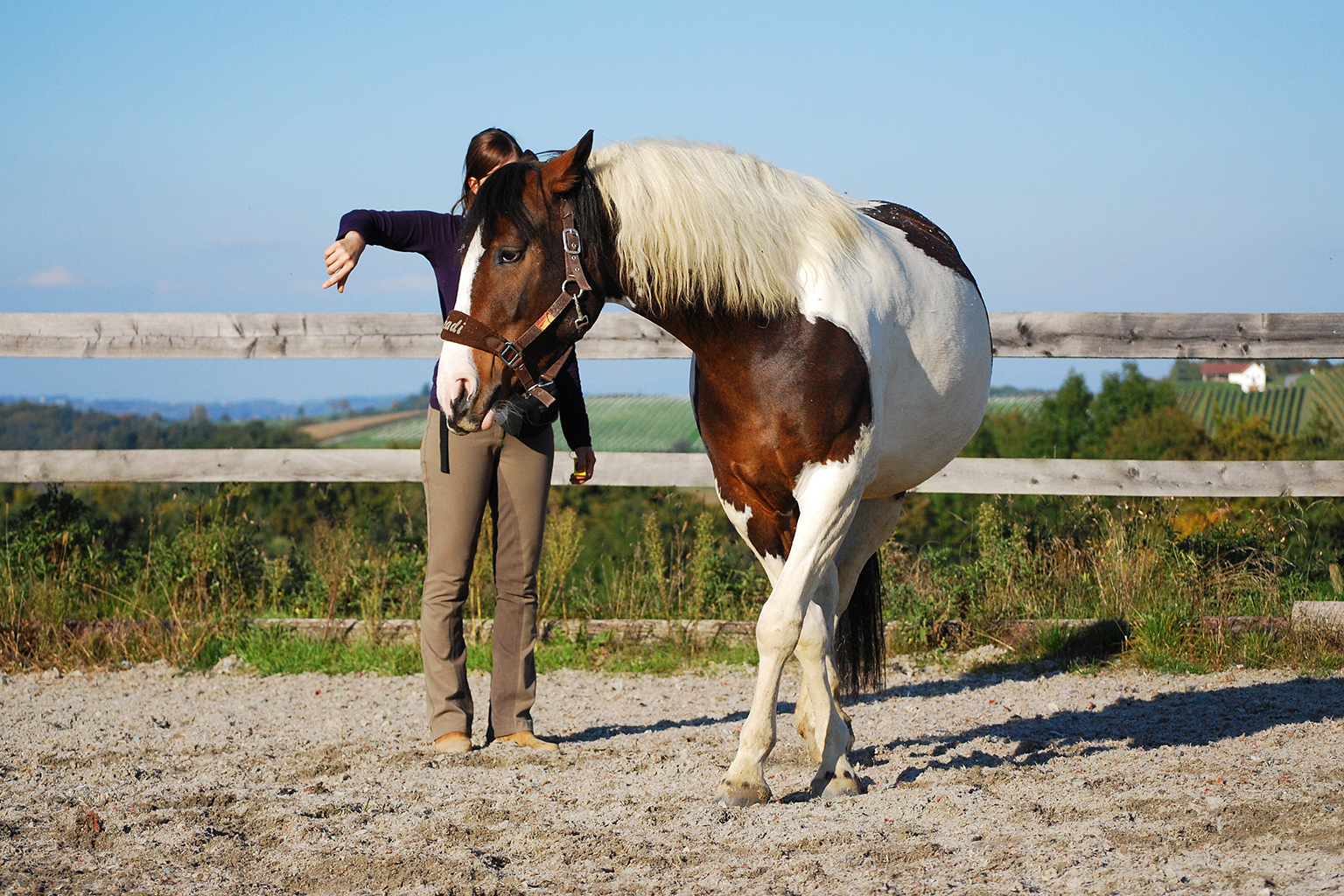
A look at time and space
In this exercise we separate the time and location of the click from the time and location of the treat. The click, acting as secondary reinforcement, initiates the period of reward. Everything that happens after that moment until the treat, the primary reinforcement, is received then becomes a part of the reward itself. The horse experiences this period as rewarding and will remember that. The period of time and the spatial proximity can be extended as soon as the click spot has been separated from the treat spot. The horse will hear the click and keep moving towards the next treat. However, it is important to only gradually increase the period of time between click and treat so that the horse cannot make mistakes in the meantime, e.g. stopping or overstepping the poles to get inside the square and closer to the human being.
Side note – Off track
Does the click end a certain behavior?
Simply put, the basic rule that a click ends a certain behavior applies only under certain conditions and especially to rather inexperienced horse-human-teams. After gaining more experience the exercises will be performed with more fluency, and a more experienced horse will continue with an exercise or look for the next task to fulfill after hearing the click. So, working with treat spots can significantly increase the fluency of a certain behavior. However, inexperienced trainers might risk mixing the two systems of reward which means that we always have to make our signals predictable for the horse. Therefore it is important to clearly distinguish between clicks that initiate a rewarding period and clicks that end a certain behavior.
Practical tip
It is very important for the person to remain passive during this exercise so that the horse can really engage in the new task to train with treat spots. In particular, this means to move as little as possible along with the horse, and to start moving only after clicking. Then, the trainer goes straight to the envisioned point where the treat is offered. This creates a strong pull towards the treat spot, and the horse will not stop but likely increase its speed. Therefore autonomy and dynamic movement can be integrated into the rather sequential steps previously used in exercises of clicker training.
High cognitive performance
The poles-square is a good exercise for training with treat spots because horse and human can use the poles on the floor as visual aids. First, the person, who is inside the circle, walks with the horse and clicks when the horse walks along the outer sides of the poles. Next, the person clicks, for example, when the horse is in the middle of each of the poles, and the treat is given when the horse goes around the next corner, so to say when the horse overcomes the next and a bit more difficult challenge. This also helps to prevent building up mistakes like cutting corners because the horse always walks along an imagined circular line outside the square while the human being continuously decreases the inner circle until standing in the middle. After a short period of time the horse will understand the abstract concept “horse outside and person inside the circle”. Furthermore, the horse also learns to fulfill tasks where the human being remains passive while the horse is active, it learns to grasp the entire task and it stops looking for clues in the person’s body language.
Marlitt Wendt & Conny Ranz

